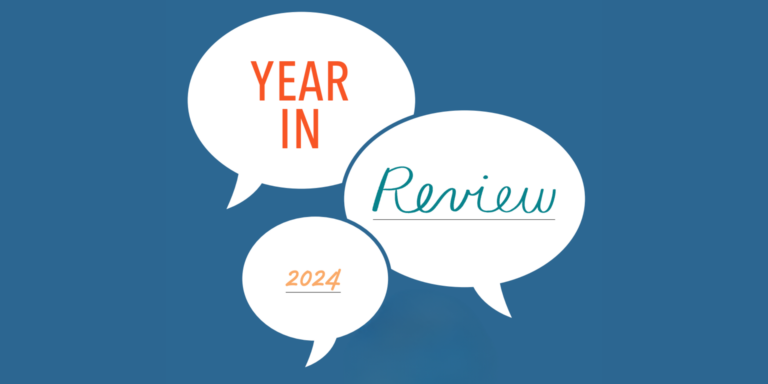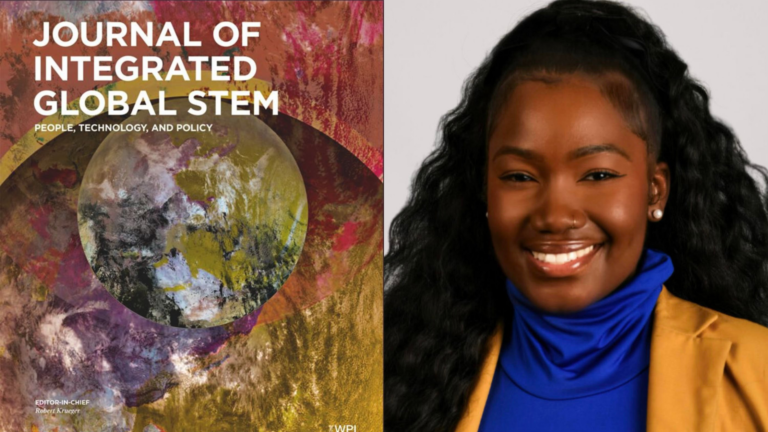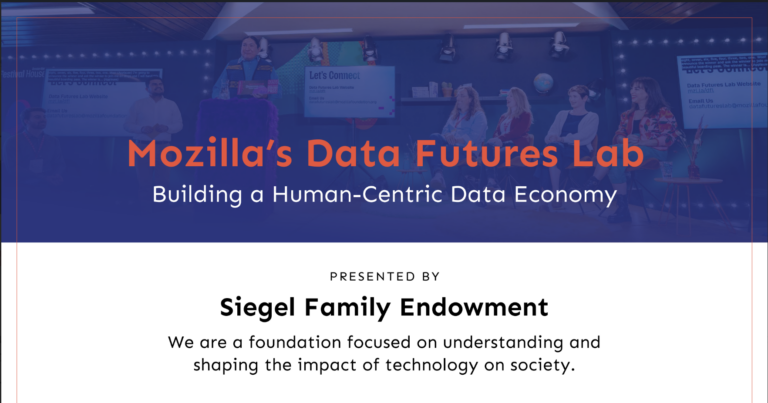In September 2022, we laid out our visions of schools as critical community infrastructure in a whitepaper that explores how treating schools like public infrastructure can begin to address the vast inequities and challenges facing public education. In other words, the infrastructure necessary for effective learning extends far beyond the brick-and-mortar classroom. Education and learning themselves are critical infrastructure that serve and enrich entire communities.
Since then, we’ve worked hard to continue our commitment to amplifying programs that recognize the interdependence of physical spaces, digital networks, and social connections to propel schools – and the communities in which they are situated – forward. We’ve written about this approach in major education publications,, discussed it with other leaders in high level forums, such as SXSW EDU and the launch of “Out of the Box report,” hosted by Transcend and New Classrooms, and brought it to life by creating spaces for people to tinker with the new ideas and technologies capable of pushing this vision forward.
With the end of the school year rapidly approaching, what better time to revisit the vital connection between schools and community? While schools are the most visible place where learning happens between September and June, the community takes on a more leading role when physical building doors close for summer vacation
For teachers and students, the conversation often turns to one of learning loss. According to a study by the RAND Corporation, students in the United States lose an average of one month of learning during the summer. This loss is even greater for students from low-income families without the resources to pay for supplementary academic and enrichment experiences over the break. Furthermore, absent the services schools offer between 7:00am and 3:00pm (and often well beyond), many families and caregivers must look elsewhere for things like childcare, meals, peer interaction, and socioemotional counseling, a stark reminder of the expansive benefits schools offer in addition to formal curricula.
Nonprofits, out-of-school education providers, and publicly-funded programs can reverse these trends, while also exposing students to enrichment activities such as art, music, sports, or technology. The RAND study also found that both voluntary and mandatory summer programs have all found positive effects on student achievement, which point to improved academic and other outcomes. As such, many cities and states offer public programs; NYC is home to the Summer Rising program, the Summer Youth Employment Program (SYEP), and the Comprehensive After-School System of NYC (COMPASS) program – all of which are free or low-cost.
Yet, while the summer months offer an excellent window into how schools and communities come together to jointly grow and teach our young people, these collaborative efforts ought to exist all year. It is against this backdrop that we elevate three organizations seeking to redefine the relationship between school and community, in ways big and small. Below are some of our key takeaways from these case studies.
Transcend
At Siegel, we’re developing a robust network of partners and grantees who are not only working to address the gaps and shortcomings of our existing education system, but imagining an entirely new range of models, strategies, and modalities for learning. As we shift our focus beyond the traditional four walls of the classroom, we’re turning our attention to work that promotes advancement and innovation across the field at large.
Transcend was founded on a belief that schools must be reimagined using a community-based approach, so all children can thrive in and transform the world. Transcend pursues its mission by directly supporting design processes and then shares the tools, models, and insights from this work across its national network of schools. It also engages top leaders in school systems, philanthropy, and policy.
The Innovative Models Exchange is an example of one such project that’s designed to amplify the impact of innovative learning models and help communities everywhere achieve the outcomes they aspire to in their schools. Participants share a range of educational approaches with a diverse community of educators and administrators. The Models Exchange aspires to connect these groups so they’re able to hone new ideas, refine best practices, and promote new approaches to teaching and learning that have the potential to be replicated in contexts all over the country.
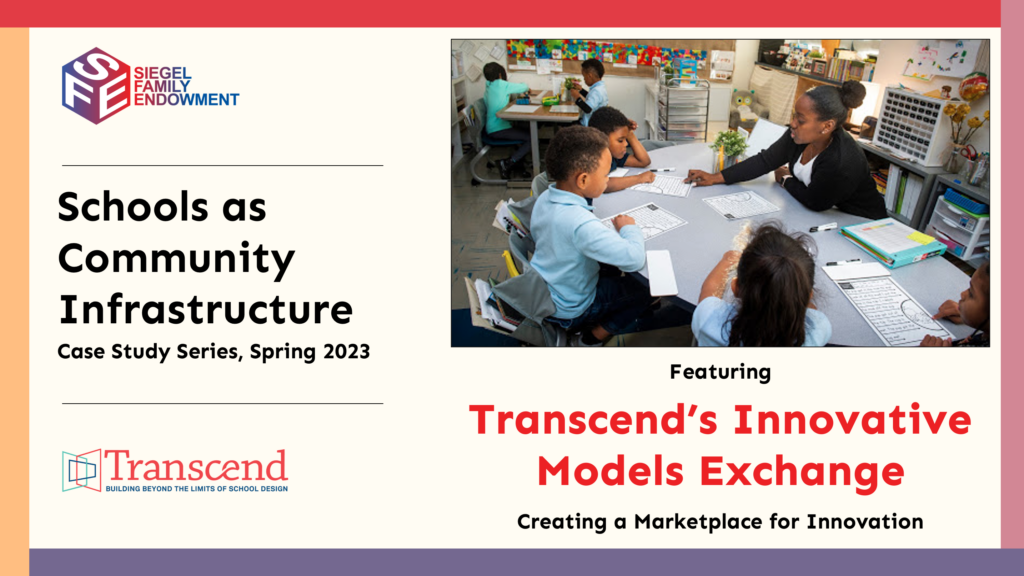
Read the full case study and learn more about Transcend’s work.
NYC FIRST
We often imagine that learning takes place in two distinct and disconnected spaces: in school classrooms or in enrichment programs held offsite. NYC FIRST’s STEM Center model blurs these lines.
NYC FIRST’s mission is to “provide meaningful and joyfulful STEM and robotics programming city-wide.” In addition to its signature mentor-based robotics leagues, it also runs STEM centers dedicated to STEM learning – including one in the local New York Public Library (NYPL) branch in Washington Heights. This center plays many roles to many people – a classroom for high school students to earn credit for immersive engineering learning, a field trip destination, a professional learning opportunity for educators, and a space for community members to work with cutting edge equipment, among others. Weaving these varied activities together is a model for education that rests on an asset-based philosophy of partnership and collaboration that is clearly centered on the learner, not the school building. Yet at the same time, the STEM Center partners deeply with the public K-12 school district, Department of Education leaders, educators, students, local residents, and other community stakeholders to devise and offer opportunities that will resonate with the needs and interests of the community.
In very tangible ways, the NYC FIRST STEM Center is bringing school into the community and bringing community into the school.
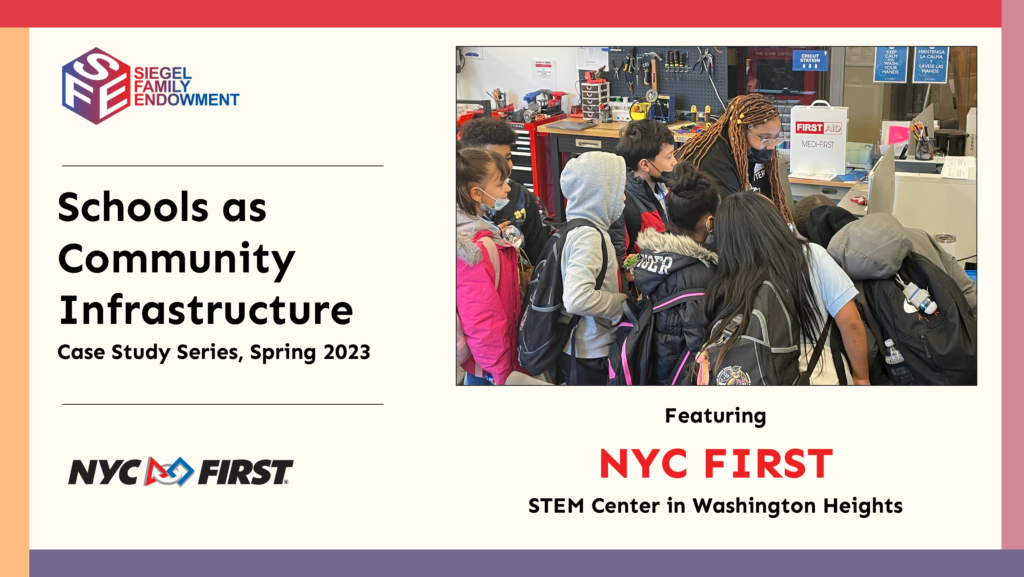
Read the full case study and learn more about NYC FIRST’s work.
Education Reimagined
At its best, a school is a place where students and young people have the opportunity to explore, think creatively, form social bonds, and learn about the world around them. To help make this vision a reality, Education Reimagined focuses on making learner-centered education available to each and every child in America. They partner with visionary leaders to imagine, invent, and bring to life the new systems and conditions necessary to transform the US education system into one that is tailored to the unique needs, capacities, and strengths of each student, and prepares them to thrive in a complex and fast-changing world.
A key focus of Education Reimagined’s work is The Big Idea, a digital resource designed to help more people understand the organization’s customizable way to approach to education. It includes a series of provocations that ask individuals to consider what might be possible in a community-driven learning environment, and what it might take to bring this vision to life in their specific communities. The Big Idea powerfully illustrates how every member of a community can contribute to its education system and how all elements of a community’s resources – from libraries, to museums, to local businesses – can be leveraged to bolster student outcomes. This asset-based approach is less about creating a broadly replicable, top-down system, and more focused on producing a tightly tailored match between local resources and demonstrated community needs.
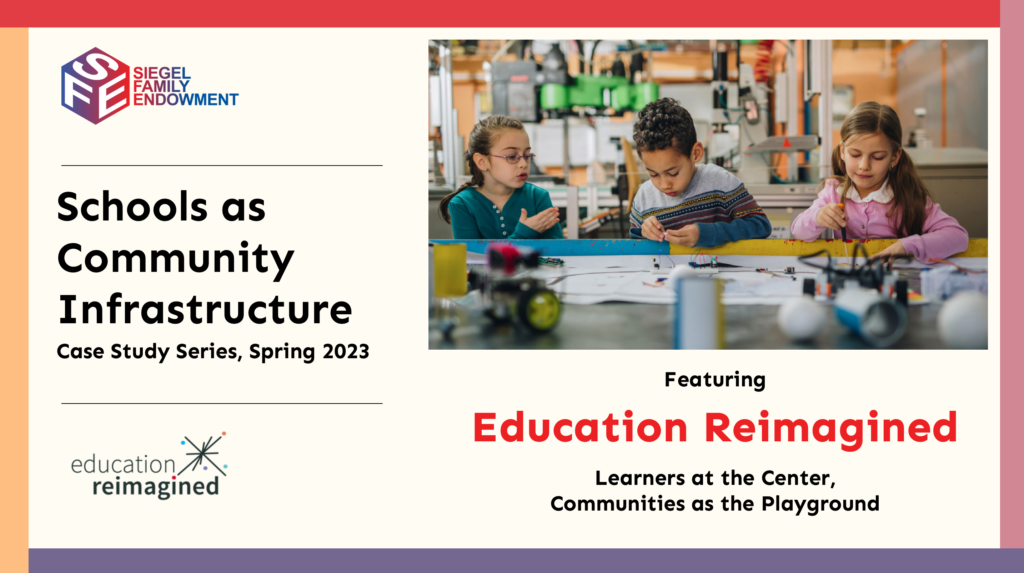
Read the full case study and learn more about Education Reimainged’s Work.
Closing
We invite you to read the full case studies, get in touch with our grantees, and continue learning alongside us as we explore all that’s possible when schools and communities partner to become more than the sum of their parts.


